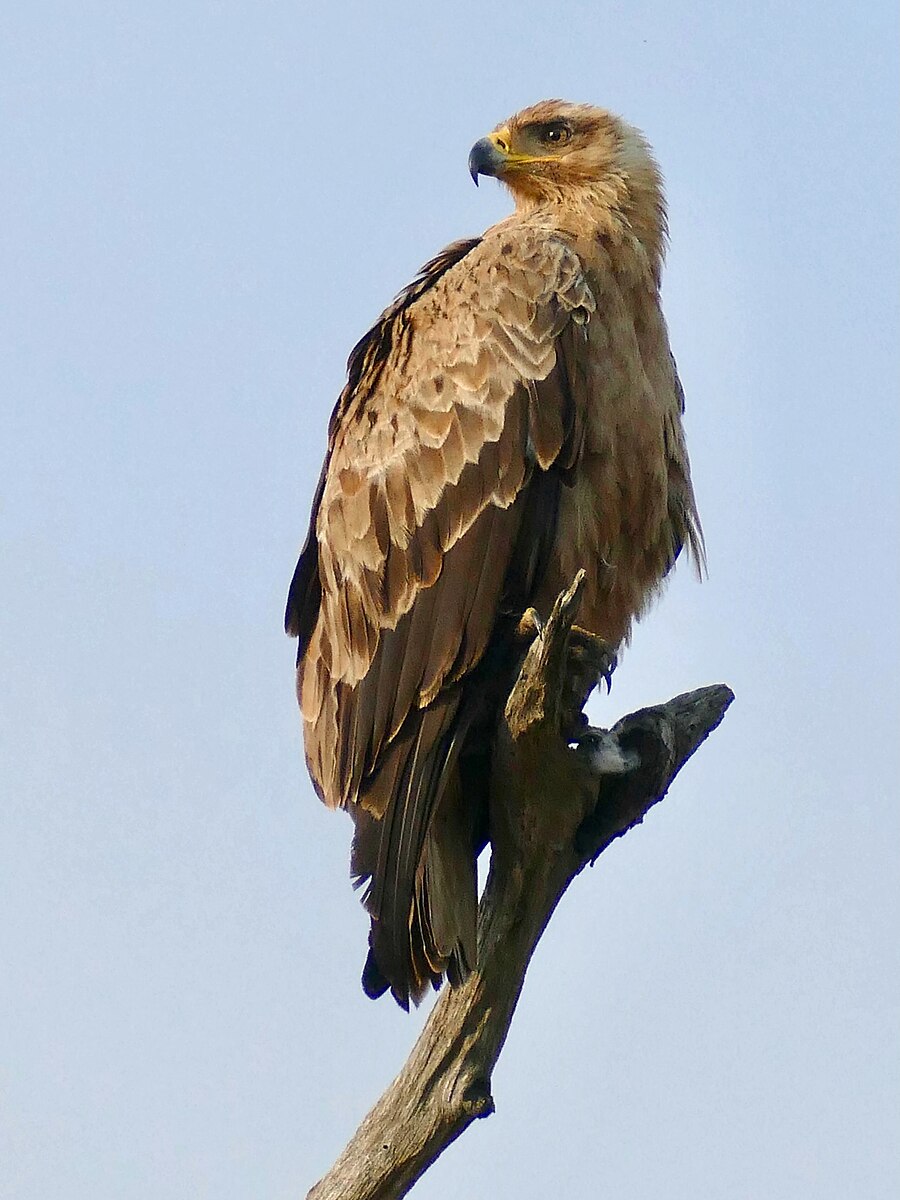Tawny eagles are diurnal birds of prey, which means they are active during the day and sleep at night. This is supported by their acute eyesight and hearing, which are essential for hunting during the day. Tawny eagles are known to occupy the same territory for many years, sometimes even decades, and they are monogamous, pairing for life.
Tawny Eagles’ Diurnal Behavior
Tawny eagles are primarily active during the day, with their hunting and other essential activities taking place in the daylight hours. This is a common characteristic of diurnal birds of prey, as their acute senses of sight and hearing are crucial for successful hunting.
Hunting and Feeding
Tawny eagles are skilled hunters, using their sharp talons and powerful beaks to capture a variety of prey, including small mammals, birds, reptiles, and even carrion. They are known to soar high in the sky, scanning the ground below for potential prey, and then swoop down to make their kill.
Nesting and Breeding
Tawny eagles are monogamous and pair for life. They typically breed once a year, with the breeding season falling between April and July. Both the male and female work together to build a nest, which is usually made of sticks and twigs and located in trees or on the ground. The female lays 1-3 eggs, which she incubates for 39-45 days. The chicks then become fledglings at around 84 days and become independent at around 120 days.
Nocturnal Behavior
 Image source: Tawny Eagle by Bernard DUPONT
Image source: Tawny Eagle by Bernard DUPONT
While tawny eagles are primarily diurnal, there have been some observations of nocturnal subsistence behavior, such as drinking and bathing at night, as well as preying on nocturnal animals like genets and springhares in areas where there was no possibility they were killed by traffic at night. However, there is no irrefutable evidence of regular nocturnal hunting behavior by tawny eagles.
Drinking and Bathing
Tawny eagles have been observed engaging in nocturnal activities such as drinking and bathing, which are essential for their survival and well-being. These behaviors are likely driven by the need to maintain hydration and cleanliness, even during the nighttime hours.
Preying on Nocturnal Animals
In some areas, tawny eagles have been known to prey on nocturnal animals, such as genets and springhares. This behavior is likely driven by the availability of these prey species and the lack of competition from other predators during the nighttime hours.
Conservation Status
Tawny eagles are currently listed as Vulnerable on the IUCN list of Threatened species, with a clear decrease in sightings in Southern Africa between SABAP and SABAP2. This decline is likely due to a variety of factors, including habitat loss, persecution, and the use of pesticides.
Threats to Tawny Eagles
The primary threats to tawny eagles include:
- Habitat loss: Deforestation and urbanization have led to a decline in suitable nesting and hunting grounds for tawny eagles.
- Persecution: Tawny eagles are sometimes killed by humans due to perceived threats to livestock or other animals.
- Pesticide use: The use of pesticides can lead to the accumulation of toxins in the food chain, which can be harmful to tawny eagles and other birds of prey.
Conservation Efforts
Various conservation efforts are underway to protect tawny eagles and their habitats, including:
- Habitat preservation: Protecting and restoring natural habitats that are suitable for tawny eagles.
- Reducing persecution: Educating the public about the importance of tawny eagles and the need to protect them.
- Monitoring and research: Ongoing monitoring and research to better understand the population trends and threats facing tawny eagles.
In conclusion, tawny eagles are primarily diurnal birds of prey that are active during the day and sleep at night. While there have been some observations of nocturnal subsistence behavior, there is no clear evidence of regular nocturnal hunting behavior by tawny eagles. However, the species is facing a number of threats, including habitat loss, persecution, and the use of pesticides, which have led to a decline in their population. Ongoing conservation efforts are crucial to ensuring the long-term survival of this majestic bird of prey.

